Free Tropical Runtz seeds on orders over $150!
Training autoflowers can seem risky to some, meaning they don’t even attempt it, and subsequently miss out on some amazing benefits. Autoflower training can seriously improve the yields you get from these fast-flowering cannabis seeds.
About 3-4 weeks after germination, an auto-flowering cannabis plant begins producing buds. Most plants are ready for harvest by three months from seed. Auto-flowering strains generate autoflower plants ready to harvest sooner than nearly every (photoperiod) strain. This is because do not require particular light schedules. You should only purchase Auto-flowering seeds from a credible breeder.
A hormone called auxins controls plant growth. This hormone is normally confined on the top, causing cannabis to grow upwards. As a result, you can use these training methods to stimulate your cannabis to grow horizontally, increasing the number of colas, homogenizing development, and enabling you to shape the height and structure of your cannabis plants. Moreover, training your cannabis plants is one way how to get bigger yields from autoflowers.
These methods are split into two subgroups: low-stress training (LST) and high-stress training (HST). Both will yield the same results, but while HST involves mutilating your plant, LST autoflower does not. When using these methods, the primary objective is to even out the canopy and space out the branches, enabling light to reach all flowering places equally and permitting air to flow between the buds.
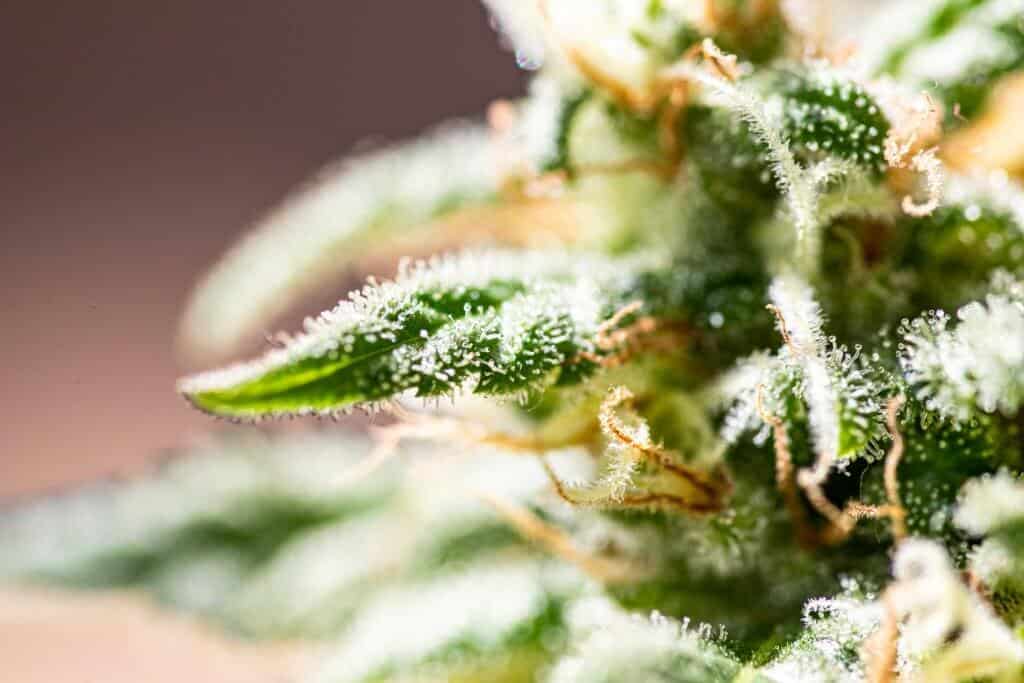
Almost any plant training technique like Fimming, super cropping, or Sea of Green can be used on auto-flowering crops as long as you watch the plant for indications of stress and allow the plant to grow large enough to produce good yields during the flowering stage.
LST stands for low stress training. This method stresses the plants only slightly to induce more buds. It also assists if your plants tend to grow very tall. In a way, you’re not only increasing the plant’s yield but also decreasing its vertical space. LST is superior to other methods because it does not overstress the plant. It’s best to LST training autoflowers sparingly because overtraining could stunt the plant. Because autoflowers have a predetermined cycle, they may not have much time to recover if you overstress them. So, take fewer chances and stick to your plan.
Knowing when to start LST on autoflowers is essential for the final yields. Low stress training autoflowers can be conducted from the beginning to the end of flowering and during the initial weeks of flowering when the plant is growing at its best.
Topping autoflowers is usually discouraged because many producers believe it reduces plant growth. This, however, is not the case. Autoflowers aren’t as delicate as you think they are. Unless you’re a novice grower with no experience, you can top your plants to increase the number of buds. Topping is a technique that involves cutting the main stem’s tip. This is done to produce more trichomes. Use clean scissors to cut the end once you’ve identified the main stem.
Even though you can top a plant at any time while it is still in its vegetative phase, the 3-5th node, while still tiny, will yield the best returns as long as the plant is fast-growing.
The terms manifolding cannabis and “mainlining autoflowers” have the same meaning; the name depends on who you ask. Both terms refer to a breeding technique that involves creating a manifold on a seedling to produce larger buds, which will result in a significant increase in yields later on. The term “manifold” refers to a pipe or chamber that branches into multiple openings, precisely what the technique accomplishes. The main stem of a growing cannabis plant is split in half evenly. This is a natural way of getting the plant to grow its branches evenly and, as a result, evenly distribute nutrients. Mainlining autoflower training is used by growers to stimulate the growth of multiple large, uniform colas rather than just one.
Since auto plants are on such a tight schedule in the vegetative stage of cannabis growth, plant training isn’t always the best idea for sick or stunted plants, as they won’t have enough time to recover. Don’t train an auto if the plant is sick, stunted, or slow-growing. After the plant has reached the age of 4-5 weeks and has begun to form small buds, only use low-stress bending and securing to maintain the desired shape.
With an auto-flowering strain, the main shape of the plant takes about a month to develop. After that, it will begin to flower, and while it will continue to grow taller, you should let the plant focus on fattening the buds rather than doing any more training. If you’re unsure whether to top or bend your plant, it’s best to stick with bending because it can produce similar results without further stunting!

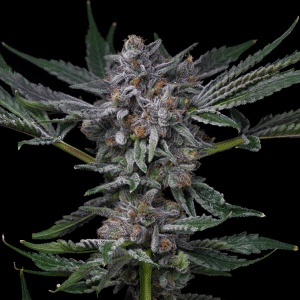
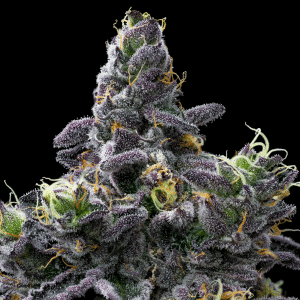
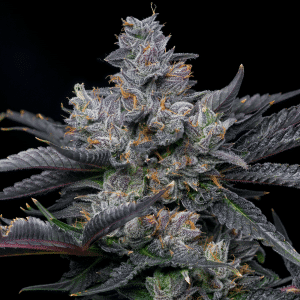
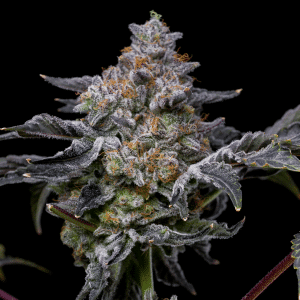
Offers
This product is not for use by or sale to persons under the age of 18. This product should be used only as directed on the label. It should not be used if you are pregnant or nursing. Consult with a physician before use if you have a serious medical condition or use prescription medications. A doctor’s advice should be sought before using any hemp products. All trademarks and copyrights are property of their respective owners and not affiliated with nor do they endorse this product. These statements have not been evaluated by the FDA. This product is not intended to diagnose, treat, cure or prevent any disease. By using this site you agree to follow the Privacy Policy and all Terms & Conditions printed on this site. All products contain less than 0.3% Cannabinoid-compliant with applicable Federal Laws. Please make yourself aware of any and all applicable laws regarding hemp in your jurisdiction. Premium Cultivars accepts no liability or responsibility regarding germination laws in any specific locale state or national jurisdictions.THCA products are not available for shipment to the following states: Hawaii, Idaho, Minnesota, Oregon, Rhode Island, Utah, Vermont *Note: Products with Total THC content above 0.3% must not be shipped to these states.
We want to help you get your hands on the seeds you want, take 20% off your next purchase when you enter your email below!
We want to help you get your hands on the seeds you want, take 20% off your next purchase when you enter your email below!